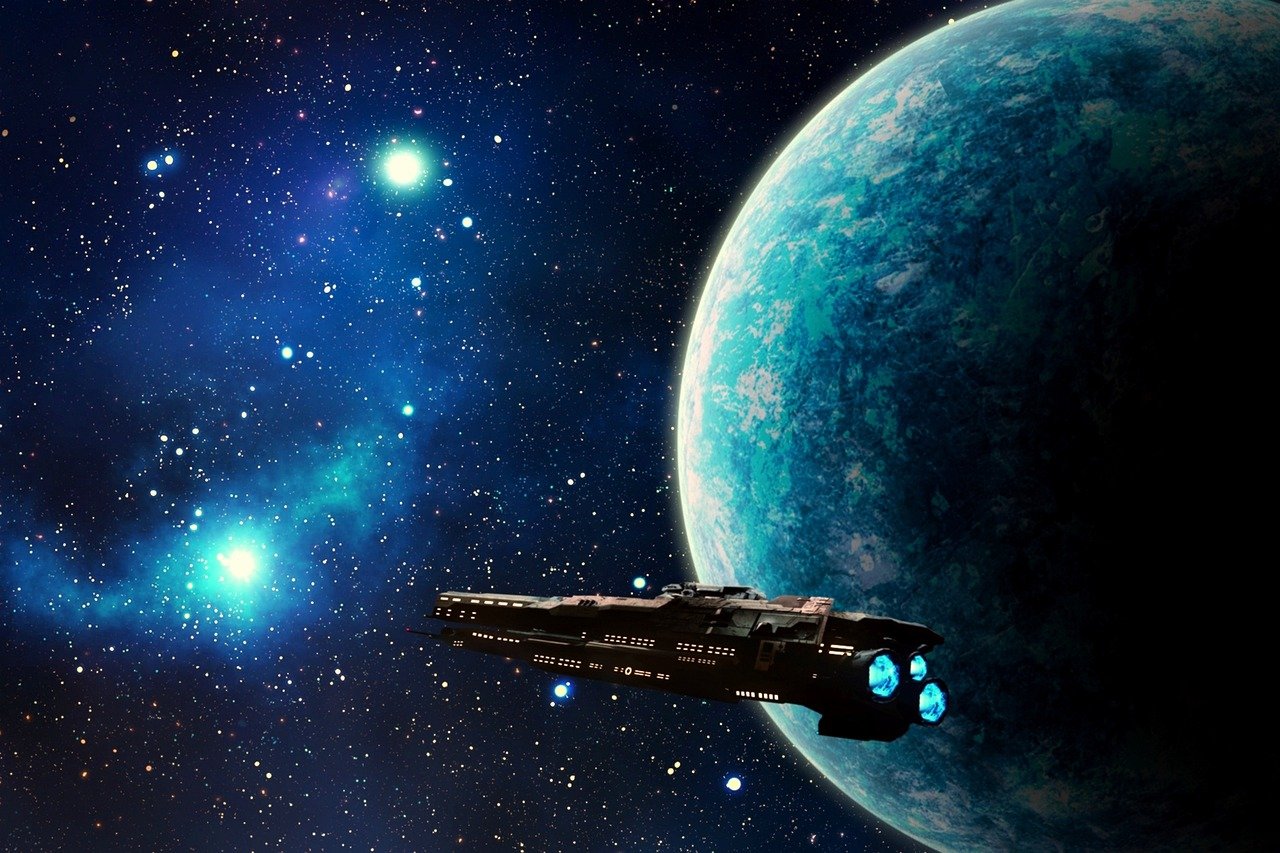The Search for Extraterrestrial Life: A Cosmic Journey

As we consider the vastness of the universe, we realize it contains billions of galaxies, each harboring billions of stars, emphasizing the sheer scale of the cosmos. This astronomical evidence suggests the possibility of life beyond Earth. Given the number of extraterrestrial bodies, it is statistically improbable that Earth is the only planet capable of nurturing life.
The cosmic perspective suggests that the conditions necessary for life, such as water and a stable environment, might be more common than once thought. However, beyond the existence of celestial bodies, there are various pieces of evidence that support the potential existence of extraterrestrial life as well.
The Drake Equation: Estimating Extraterrestrial Civilizations
In 1961, astronomer Frank Drake proposed a mathematical framework to estimate the number of intelligent civilizations in our galaxy capable of communicating with us. Known as the Drake Equation, it considers factors such as the rate of star formation, the likelihood of planets forming around stars, the potential for life to develop on these planets, and the probability of intelligent life emerging. While this equation provides a theoretical approach to the question of extraterrestrial intelligence, the uncertainties surrounding each factor make it difficult to produce concrete estimates.
Expanding the Definition of Life
Defining life itself is complex, especially when considering the possibility of extraterrestrial organisms. Earth-based life forms are carbon-based and rely on water, but it is conceivable that life could exist in other forms, utilizing different chemical compositions or environmental conditions. Expanding our definition of life beyond terrestrial parameters is crucial for a successful search for extraterrestrial organisms.
While microbial life might be the most probable candidate for initial discovery, the potential for more complex and intelligent extraterrestrial civilizations remains a tantalizing possibility.
Exoplanets and the Habitable Zone
Over the past two decades, astronomers have revolutionized our understanding of the universe through the detection of exoplanets, or planets around stars hundreds to thousands of light-years away. These discoveries have given humanity legitimate cause to wonder if we are truly alone in the universe.
The planets that are particularly intriguing are those found within the habitable zones of their stars, where conditions might allow for liquid water to exist. Space-based observatories like Kepler and TESS have been instrumental in identifying thousands of these worlds, and future missions such as the James Webb Space Telescope promise to explore their characteristics further.
The abundance of exoplanets suggests that planetary systems are common in the universe, increasing the likelihood that life may not be a solitary phenomenon confined to our own planet.
The Fermi Paradox: Where Is Everybody?
The Fermi Paradox stresses the contradiction between the high probability of extraterrestrial life and the lack of tangible proof of its existence. If intelligent life is present in the cosmos, one might expect to detect signs of their presence, such as radio signals or technological artifacts. Yet, no such evidence has been found.
This paradox has puzzled scientists and philosophers for decades. Several theories have been proposed to explain it, including the possibility that extraterrestrial civilizations are rare, that they self-destruct before reaching an advanced stage, or that they deliberately avoid contact with other civilizations.
The Journey Continues
The search for life beyond Earth is ongoing and incredibly challenging, but also immensely rewarding. As technology improves, so do the powerful telescopes and sophisticated methods used to analyze the data we collect. The road to absolute answers will likely be long, but the journey into the cosmos and the pursuit of knowledge about life beyond Earth will continue to inspire and captivate people around the world.
Similar Post You May Like
-

CFCs, HFCs and their long, troubled history
At its peak, the ozone hole covered an area 7 times larger than the size of Europe, around 29.9 million km2, and was rapidly expanding
-

The Origin of Universe: Deciding point where it all began!
Let us unravel and surf through the ideas throughout ages to understand what the universe and its origin itself was to its inhabitants across history.
-

The Artemis Program
Inspired by the Greek goddess of the Moon, twin sister to Apollo, the artimis program was named on 14 May 2019 by Jim Bridenstine.






